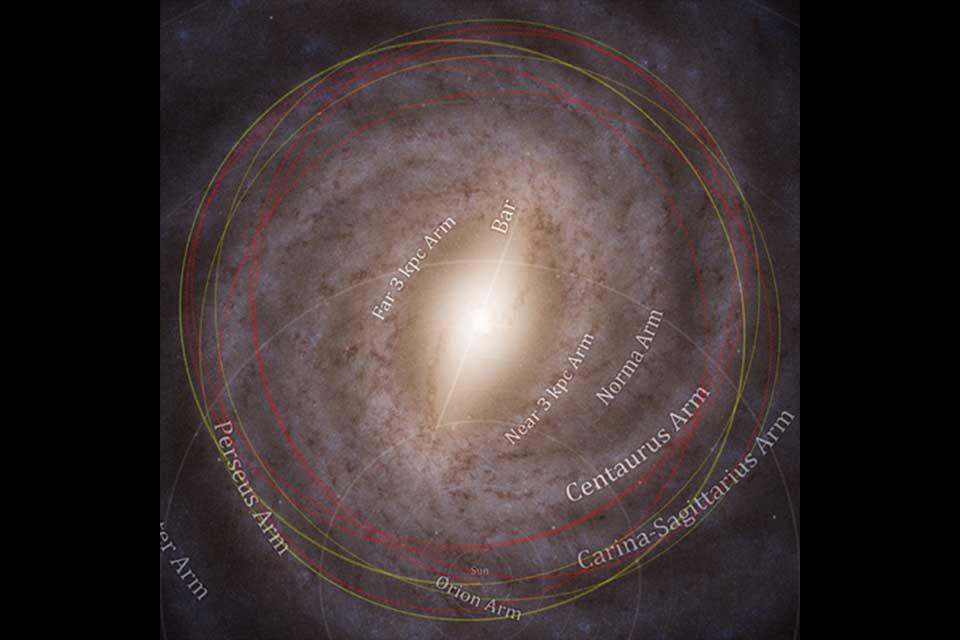The discovery of 3I/ATLAS – an interstellar comet shooting through the Solar System – sent astronomers scrambling last week, excited for only their third chance to study a small body from another star.
Perhaps none were more surprised by 3I's arrival than Matthew Hopkins from the Department of Physics at the University of Oxford. Just a week before the discovery, Matthew had defended his DPhil (PhD) thesis, predicting what future interstellar objects might look like. In a preprint released on arXiv, along with a team of collaborators at the University of Canterbury (New Zealand) and the University of Helsinki (Finland), Matthew has used his thesis work to determine what 3I might be like.
Comparing theory with real-time data
'3I/ATLAS arrived with amazing timing: instead of the quiet Wednesday that I had planned, I woke up to messages such as “3I!!!!!!!!!!” and spent the entire day comparing data as it was collected in real time to my models,' comments Dr Hopkins. '3I presents a fantastic opportunity to study a different, distant, and possibly long-dead planetary system.'
The results show that while 3I is faster than its two predecessors, 1I/'Oumuamua and 2I/Borisov – moving at 60km/s – it lies within the range we should expect for such interstellar visitors. What is unusual is its motion out of the plane of the galaxy. This leads the team to conclude it most likely comes from a star in the Milky Way's 'thick disk', a distinct population of stars that surrounds the thin disk where stars like the Sun live. This means it's likely that 3I provides the first chance to study an object that formed in a completely different part of our galaxy.
The model also suggests that this origin means that 3I might be water-rich, meaning more cometary activity as it approaches the Sun should be expected.
'We’re in an exciting time: 3I is already showing signs of activity,' comments Dr Michele Bannister from the University of Canterbury in New Zealand. 'The gases that may be seen in the future as 3I is heated by the Sun will test our model. Some of the biggest telescopes in the world are already observing this new interstellar object - one of them may be able to find out!'
Likely older than 7.5 billion years
3I seems most likely to be old enough to have been travelling through the Milky Way since before the Sun and the Solar System formed. The model predicts 3I is likely older than 7.5 billion years.
The team were surprised by the discovery of 3I just as they were gearing up for the imminent start of survey operations with the Vera C Rubin Observatory, which their model predicts will discover between 5 and 50 interstellar objects.
'The solar system science community was already excited about the potential discoveries Rubin will make in the next 10 years, including an unprecedented number of interstellar objects,' concludes Dr Rosemary Dorsey from the University of Helsinki. 'The discovery of 3I suggests that prospects for Rubin may now be more optimistic; we may find about 50 objects, of which some would be similar in size to 3I. This week’s news, especially just after the Rubin First Look images, makes the upcoming start of observations all the more exciting.'
From a different star: 3I/ATLAS in the context of the Otautahi-Oxford interstellar object population model, M J Hopkins et al, arxiv preprint server

